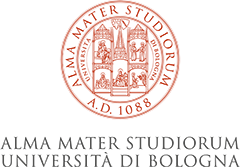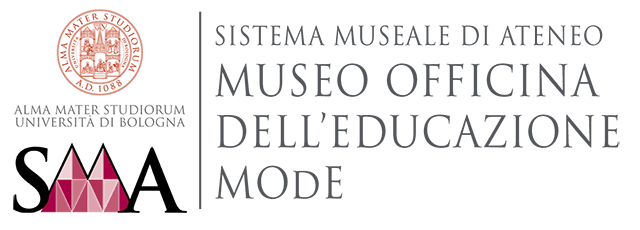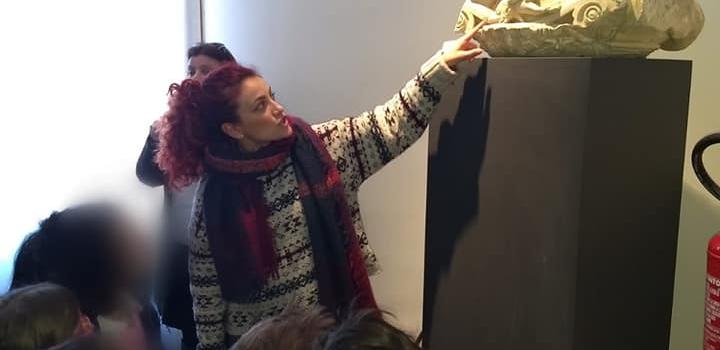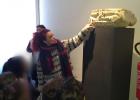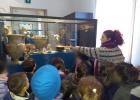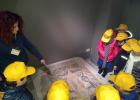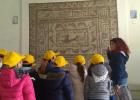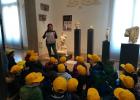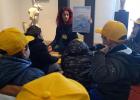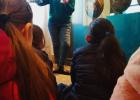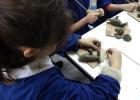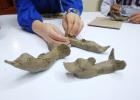Identification Plan
- Do a first simple reading of a work of art
- Get to know an example of mythological narration (myth of Arion)
- Develop dexterity and creativity
Pedagogical Plan
Intellectual/Cognitive Aspects
- Knowledge of different artistic techniques (mosaic, sculpture)
Socio-relational Aspects
Aesthetic/emotional/linguistic Aspects
Methodological plan
The narrative dimension is privileged in every activity of the Association. The introduction to the artifact takes place always through narration, animated reading and observation of images, in order to catalyze the attention and encourage the emotional involvement of the participants. Especially with younger visitors, dramatization and reading are crucial to establish an empathic and trusting relationship with the educator. The narrative dimension involves also the observation and narration phase of the displayed objects, thanks to which children are introduced to the history of their territory
Therefore, the playful approach is an effective strategy that activates a spontaneous and long-lasting learning process. It also brings children closer to the museum and makes it a friendly place close to their world
Stages of the Project
Initial phase
Welcome and visit
About 30'
The operator checks the foreknowledge of the children by asking if they know what a museum is, if they have ever visited a museum and, according to them, what kind of objects is contained there. During the visit, the children are actively involved in a "detail-hunt". They are asked to look for the images of the dolphin among the other objects, with the support of the operator. During this activity, the children are invited to grasp the difference between the various techniques (mosaic, sculpture, fresco)
Intermediate phase
Narration of the myth
About 30'
In this phase, the children are asked to listen, thanks to the animated reading of the myth of Arion and the help of illustrated tables. The story of the myth captures the attention of the children, who are emotionally involved in the story of the main character. This makes them internalize the visit and what they have learned
Final phase
Creation of a personal artifact by using the clay
About an hour
The operator teaches how to model the clay correctly, so that the participants can work autonomously on their artifact with the constant supervision and support of the operator. He/she facilitates the children process of knowledge without replacing them
Get to know the museum as a friendly place and as a protector of the history of its territory
Plastic modeling
Clay
A clay prototype to be shown as an example and an illustrated table showing the myth of Arion

